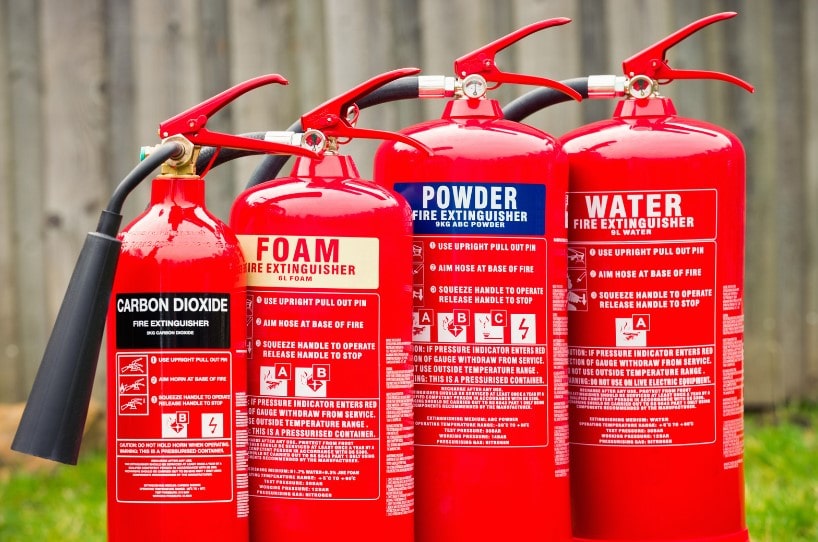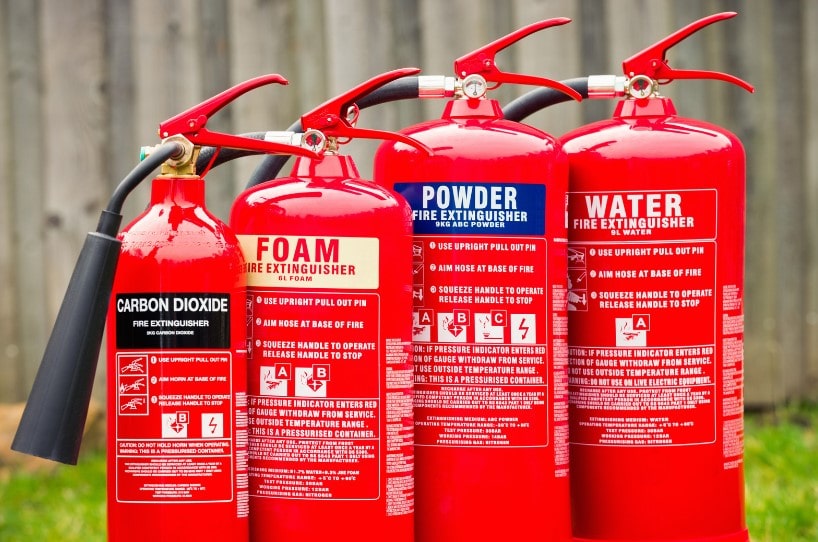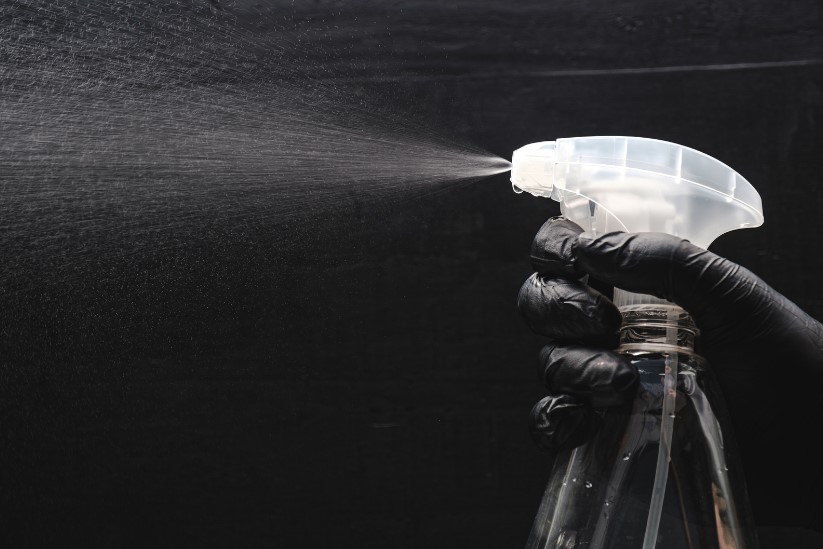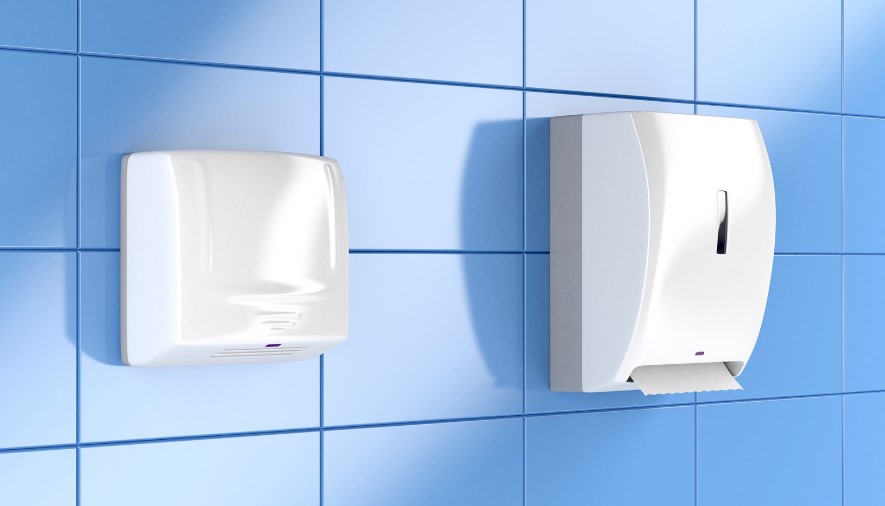
Fire safety knowledge is crucial, especially when dealing with fire extinguishers. Recognising fire extinguisher codes can make a massive difference in managing a crisis situation. Fortunately, unravelling the mystery of the fire extinguisher colour code UK system is relatively simple, once you know what each one represents!
Red Fire Extinguishers: For The Common Combustibles
Red fire extinguishers are the all-rounder of fire safety tools. Packed with compressed water, they are designed to combat Class A fires involving ordinary combustible materials. When wood, paper, fabric, and plastic catch fire, these fire extinguishers can manage the resulting conflagration.
Cream Fire Extinguishers: Putting Out Flammable Liquids
Cream fire extinguishers, equipped to extinguish Class B fires, are your go-to option when flammable liquids catch fire. Filled with foam, these extinguishers are designed to create a blanket over the burning liquid, starving the fire of oxygen and cooling the flammable vapours. Whether it's petrol in a vehicle, oil in a heating system, solvents in a workshop, or paints in an art studio, cream extinguishers can keep these fires under control.
Blue Fire Extinguishers: Dealing With Gaseous Threats
Blue fire extinguishers, earmarked for Class C fires, come into play when dealing with flammable gases. They contain a dry powder that interrupts the chemical reaction within the fire, effectively smothering it. Fires caused by propane, methane, butane, and natural gas are managed effectively using these extinguishers.
Black Fire Extinguishers: The Metal Tamers
Fires involving flammable metals, known as Class D fires, may be rare but deadly. Black fire extinguishers, designed specifically for such instances, help manage fires involving metals like lithium, magnesium, potassium, and sodium. They contain a special powder that smothers the fire and forms a layer over the hot metal, preventing it from re-igniting.
Yellow Fire Extinguishers: Your Guard Against Electrical Fires
Electrical equipment can sometimes pose fire hazards. Yellow fire extinguishers, designed for Class E fires, are adept at combating fires caused by electrical equipment. Filled with carbon dioxide, a gas that displaces oxygen, these extinguishers remove the oxygen from the equation, without which the fire cannot burn. Furthermore, CO2 doesn't conduct electricity, making it safe to use around electrical appliances without the risk of electrocution.
Enhance Your Fire Safety Knowledge With Free COSHH Training
Fire safety is not an area where guesswork should play a part. Understanding the fire extinguisher colour codes in the UK is fundamental in ensuring safety. Recognising the fire extinguisher signs used in the UK and knowing which extinguisher to use can significantly impact fire management, making a safer environment a reality.
Don't stop at understanding fire extinguishers. Power Hygiene's free COSHH training provides an excellent platform to extend your knowledge further. It's a simple, direct way to broaden your understanding of health and safety, ensuring you have the essential knowledge to deal with potential hazards.








Leave a Comment